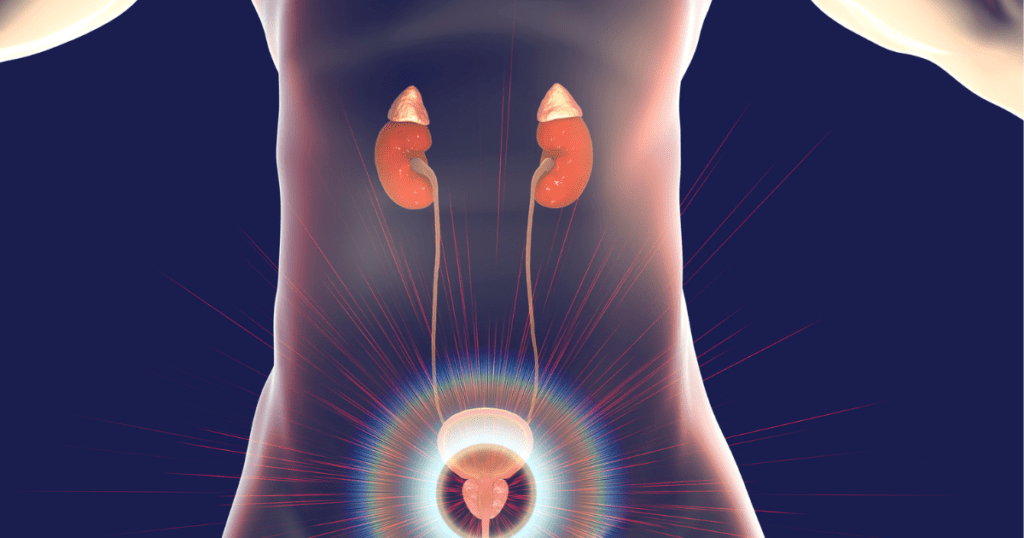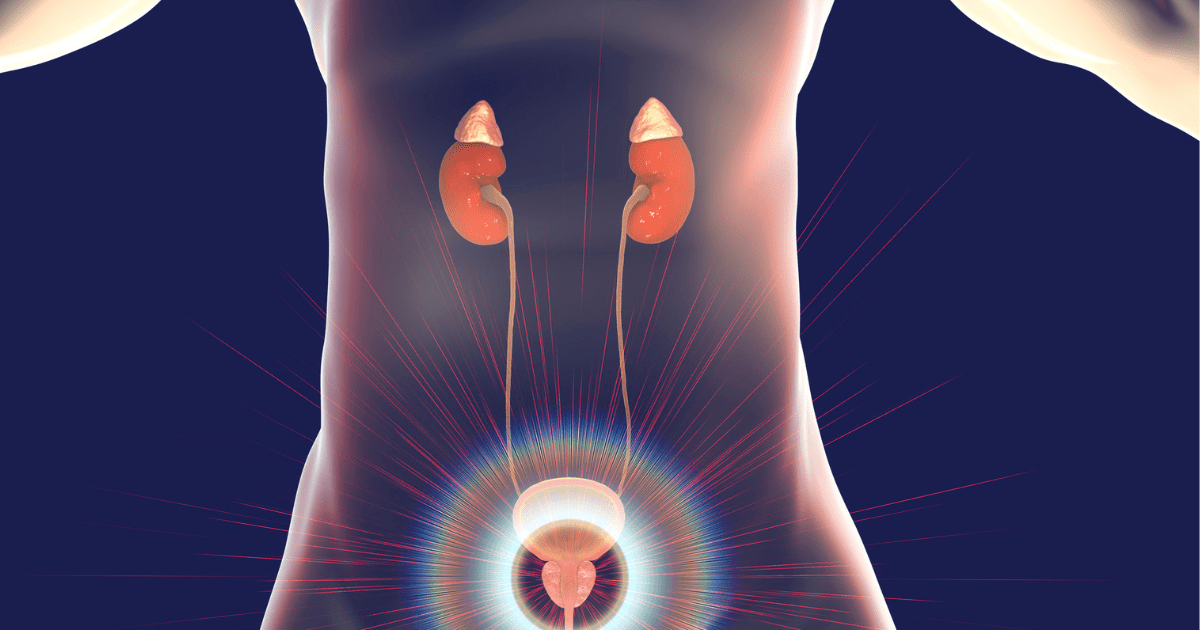Everything You Need to Know About Benign Prostatic Hyperplasia (BPH)
Diagnosis and Treatment Approaches for Benign Prostatic Hyperplasia
Introduction
Benign prostatic hyperplasia, often referred to as BPH, is a non-malignant enlargement of the prostate and is a noncancerous condition that affects men, particularly as they age. This health issue occurs when the prostate gland, a small gland located below the bladder, grows in size, leading to various urinary symptoms. Although a definitive cure for BPH remains elusive, a variety of treatment strategies exist to mitigate symptoms and enhance the daily living experience for those suffering from this ailment.

What is Benign Prostatic Hyperplasia?
Benign prostatic hyperplasia, or BPH, is a common health issue that primarily affects older men. The prostate gland, which plays a role in semen production, tends to enlarge as men age. When the prostate becomes enlarged, it can cause symptoms that interfere with urinary function, such as difficulty starting and stopping urination, weak urine stream, frequent urination (especially at night), and the feeling of incomplete bladder emptying.
Causes and Risk Factors
The precise origins of Benign Prostatic Hyperplasia (BPH) remain somewhat elusive; however, it is thought to be associated with alterations in the equilibrium of sex hormones that occur as men age. Several risk factors have been identified, including age, family history, diabetes, heart disease, and lifestyle factors such as obesity. Studies have shown that BPH occurs more frequently in Western countries and among black individuals.
Symptoms of Benign Prostatic Hyperplasia
The symptoms of BPH can vary from mild to severe and may worsen over time. Typical signs involve an increased or pressing necessity to pee, a feeble flow of urine, difficulty starting to urinate., dribbling at the end of urination, and the sensation of not fully emptying the bladder. Less common symptoms may include urinary tract infections, difficulty urinating, and blood in the urine. It’s important to note that the size of the prostate does not necessarily correlate with the severity of symptoms.
Diagnosis of Benign Prostatic Hyperplasia
When displaying signs of benign prostatic hyperplasia (BPH), it is essential to seek the guidance of a medical professional to diagnose the condition accurately. The American Urological Association (AUA) Symptom Index is often used to assess the severity of symptoms, but it should not be used for diagnosis. A thorough medical history, physical examination, and additional tests may be necessary to rule out other conditions and determine the presence of BPH. These tests may include a urinalysis, urine culture, blood tests, prostate-specific antigen (PSA) test, and digital rectal exam (DRE).
Treatment Options for BPH
The treatment approach for BPH depends on the severity of symptoms, the impact on quality of life, and the presence of complications. In situations where the symptoms present as minor and manageable, it might be advised to adopt a vigilant observation strategy coupled with consistent tracking of any symptom changes. Medications, such as alpha-blockers and 5-alpha-reductase inhibitors, can be prescribed to relieve symptoms and improve urinary flow. In more advanced cases, surgical procedures such as the transurethral resection of the prostate (TURP) and other less invasive techniques may be required.
Medications for BPH
Medications can aid in mitigating the symptoms associated with BPH by either relaxing the muscles in the prostate or reducing the production of hormones that contribute to prostate growth. Alpha-blockers, such as tamsulosin and terazosin, relax the smooth muscle tissue in the prostate and improve urinary flow. 5-alpha-reductase inhibitors, such as finasteride and dutasteride, inhibit the conversion of testosterone to dihydrotestosterone, which can slow down prostate growth. Combination medications that include both alpha-blockers and 5-alpha-reductase inhibitors may also be prescribed.
Surgical Interventions for BPH
When medications do not effectively control symptoms or in cases of severe BPH, surgical interventions may be necessary. Transurethral resection of the prostate (TURP) is a frequently performed surgical procedure that involves the removal of excess prostate tissue to relieve urinary obstruction. Minimally invasive procedures, such as prostatic urethral lift and photovaporization of the prostate, offer less invasive alternatives to TURP. These procedures aim to open up the prostatic urethra and improve urine flow. Open prostatectomy, a more extensive surgery, may be required in rare cases.
Lifestyle Modifications for BPH
In addition to medical treatments, various lifestyle changes can assist in controlling and managing health conditions and the symptoms of BPH and improve overall prostate health. Eating a balanced diet rich in fruits, vegetables, healthy fats, and specific foods like berries, broccoli, citrus fruits, nuts, tomatoes, and turmeric can benefit prostate health. Avoiding processed foods, excessive alcohol consumption, caffeine, dairy products, red meat, and high sodium intake may also be beneficial for individuals with BPH.
Complications of BPH
If left untreated, BPH can lead to various complications that can significantly impact one’s health and quality of life. These complications may include urinary retention, urinary tract infections, bladder stones, bladder damage, and kidney damage. Prompt treatment of BPH can help reduce the risk of these complications and improve overall urinary function.
Can BPH Be Cured?
While there is no cure for BPH, Various therapeutic approaches can be utilized to alleviate symptoms and enhance the quality of life. It is important to note that BPH is a chronic condition, and symptoms may persist or worsen over time. Regular monitoring and appropriate treatment can help individuals with BPH effectively manage their symptoms and minimize the impact on their daily lives.
Conclusion
Benign prostatic hyperplasia is a common health issue that affects many men as they age. While there is no cure for BPH, various treatment options are available to alleviate symptoms and improve urinary function. Consulting a healthcare provider for an accurate diagnosis and personalized treatment plan is essential. By implementing lifestyle modifications, taking prescribed medications, and considering surgical interventions, when necessary, individuals with BPH can effectively manage their symptoms and maintain their overall well-being.
Sources:
Mayo Clinic. Benign prostatic hyperplasia (BPH). (https://www.mayoclinic.org/diseases-conditions/benign-prostatic-hyperplasia/symptoms-causes/syc-20370087). Accessed December 22, 2023
Cleveland Clinic. Benign Prostatic Hyperplasia. (https://my.clevelandclinic.org/health/diseases/9100-benign-prostatic-hyperplasia). Accessed December 22, 2023
Johns Hopkins. Benign Prostatic Hyperplasia (BPH). (https://www.hopkinsmedicine.org/health/conditions-and-diseases/benign-prostatic-hyperplasia-bph). Accessed December 21, 2023
Category
- Health Issues (65)
- Healthy Diet (45)
- Herbs for Health (11)
- Mental Health (31)
- Skin Care (20)

